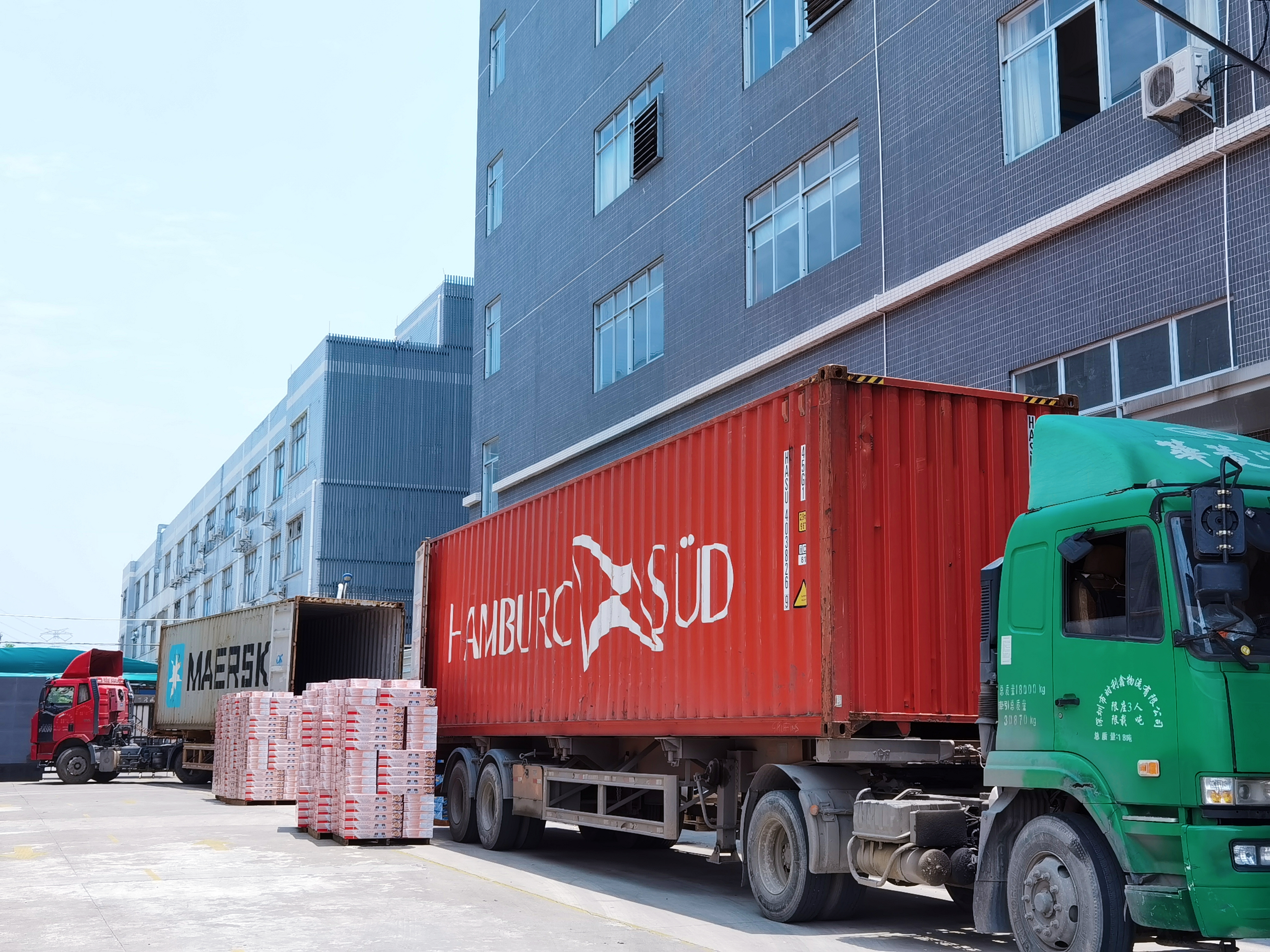RIDAX Company is a leading exporter and manufacturer of tabletop and built-in gas stoves, offering a variety of shipping options to suit different customers’ preferences and requirements. This article aims to analyze three commonly used transportation methods: complete machine transportation, SKD semi-finished product transportation, and CKD complete machine transportation. By examining the pros and cons of each approach, clients can make informed decisions based on their specific needs.
1. Transportation of the complete machine:
Shipping the complete unit involves assembling the entire gas range and then shipping it to the customer. This method has the following advantages:
a) Convenience: Customers receive the gas stove fully assembled, requiring no additional time or resources for assembly.
b) Reduce the risk of damage: The whole machine is packaged firmly to reduce the risk of damage during transportation.
c) Faster deployment: Once received, customers can start using the gas stove immediately without further assembly.
However, there are some disadvantages to consider:
a) Higher shipping costs: Due to the increased weight and volume of the packaging, the cost of shipping the complete unit may be higher.
b) Limited Customization: Customers have limited customization options as the gas stove is fully assembled prior to shipment.
2. Transportation of SKD semi-finished products:
Shipping SKD (semi-bulk) semi-finished products involves partially assembling the gas stove and then shipping it to the customer. The advantages of this approach include:
a) Cost savings: SKD shipping reduces shipping costs because the packaging is lighter and more compact than shipping the entire machine.
b) Customization options: Customers can customize specific components of the gas stove as per their preference or market demand.
c) Reduced risk of damage: SKD packaging is designed to provide better protection of fragile components during transportation.
However, there are some disadvantages:
a) Assembly required: Customers need to allocate time and resources for assembly after receiving semi-finished products, which may not be suitable for all customers.
b) Additional complexity: SKD shipping requires more coordination between manufacturer and customer to ensure all necessary components are included.
3. Transporting CKD complete components:
Shipping a complete CKD (Completely Knocked Down) assembly requires the gas stove to be separated into its different components and shipped separately. This method has the following advantages:
a) Maximum customization: Customers have the flexibility to customize and assemble gas stoves according to their specific requirements.
b) Cost efficiency: CKD shipping significantly reduces shipping costs because each component is smaller, lighter, and requires less packaging material.
c) Reduced import duties: In some countries, importing CKD components may incur lower import duties compared to importing fully assembled products.
However, some challenges may arise:
a) Extensive assembly required: Customers need to invest a lot of time, effort and technical expertise to assemble the entire gas stove from CKD parts.
b) Higher risk of damage: Due to multiple shipping and handling, there is a slightly higher risk of components being damaged during shipping.
in conclusion:
RIDAX Company offers a variety of shipping options to meet different customer needs in the tabletop and built-in gas stove markets. While shipping complete units ensures convenience and reduces the risk of damage, SKD and CKD shipping options offer cost savings and customization opportunities. Customers must carefully consider their priorities, including budget, customization requirements, assembly capabilities and shipping complexity, to select the most appropriate shipping method. By understanding these options, customers can make informed decisions that align with their business goals or personal needs.
Contact: Mr. Ivan Li
Mobile: +86 13929118948 (WeChat, WhatsApp)
Email: job3@ridacooker.com
Post time: Nov-07-2023

